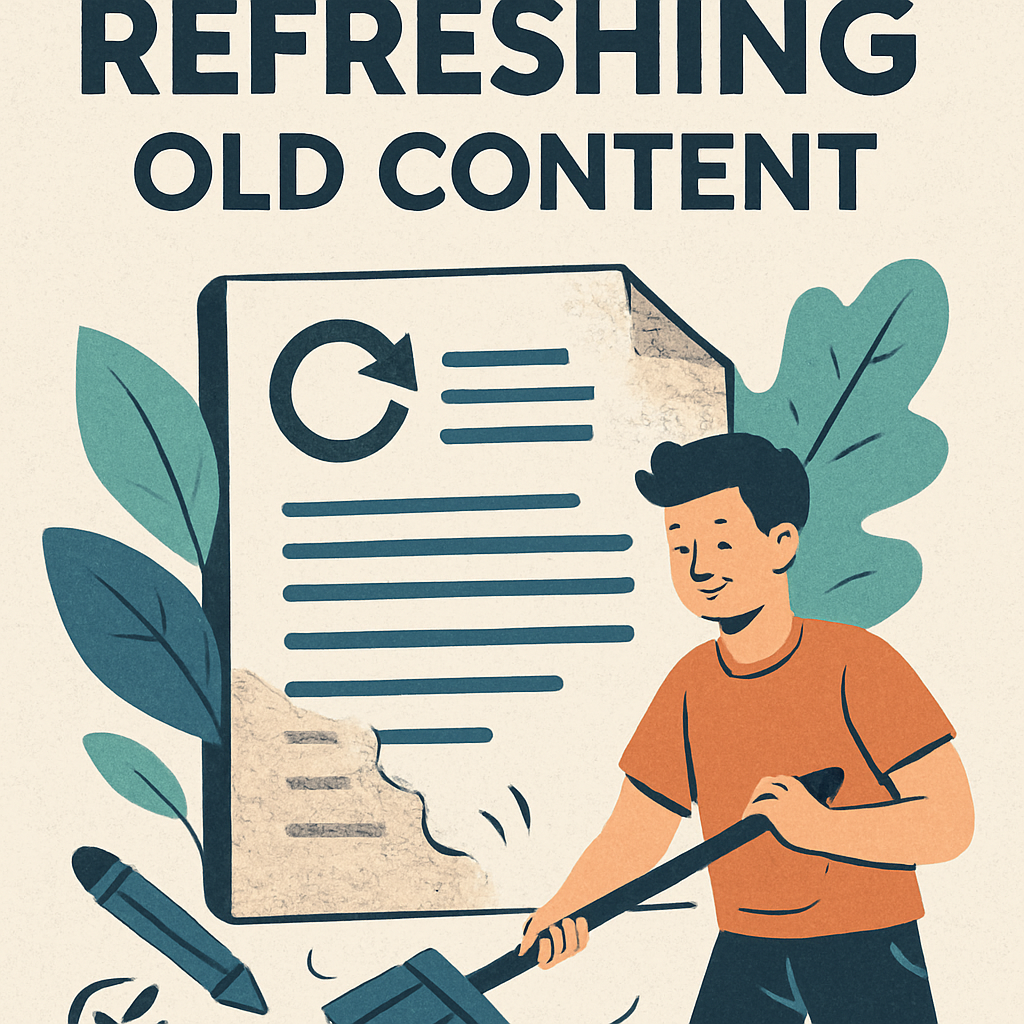Saving Money and Energy: How to Go Green and Cut Costs
In our fast-paced, tech-driven world, it's easy to get caught up in the frenzy of consumption and overlook the impact our lifestyle choices have on our environment. But what if I told you that going green and cutting costs can go hand in hand? That's right, by making a few simple changes to our daily habits, we can not only reduce our carbon footprint but also save some serious cash along the way.
So, grab your reusable water bottle and let's embark on a journey to discover how we can save bothmoney and energy while embracing a greener lifestyle.
The importance of saving money and energy
Saving money and energy is a smart choice in today's world. It not only helps you reduce your monthly bills but also has a positive impact on the environment. By adopting energy-efficient practices, you can lower your electricity and water consumption, resulting in significant savings over time.
For example, using LED light bulbs instead of traditional incandescent ones can save you up to 80% in energy costs. Installing proper insulation in your home can also reduce heating and cooling expenses by preventing heat loss or gain. By making simple changes and being mindful of your energy usage, you can contribute to a greener planet while keeping more money in your pocket.
Choosing energy-efficient appliances
Benefits of energy-efficient appliances
Energy-efficient appliances offer significant benefits in terms of saving money and conserving energy. These appliances are designed to consume less electricity while delivering the same level of performance. By using less energy, homeowners can see a noticeable reduction in their monthly utility bills.
Additionally, energy-efficient appliances contribute to a lower carbon footprint and help protect the environment.
For example, energy-efficient refrigerators use advanced insulation and compressors that consume less energy compared to older models. Similarly, energy-efficient washing machines use less water and electricity without compromising on cleaning power. Investing in these appliances not only provides financial savings but also contributes to a greener and more sustainable future.
Comparing energy ratings
When comparing energy ratings, look for appliances that have a higher energy efficiency rating. These ratings indicate how much energy an appliance consumes in relation to its performance. The higher the rating, the more energy-efficient the appliance is, resulting in potential savings on utility bills.
For example, choosing an energy-efficient refrigerator can save up to 15% more energy compared to a standard model. Look for labels such as Energy Star to identify appliances that meet strict energy efficiency guidelines. When purchasing new electronics or appliances, considering their energy ratings can have a significant impact on long-term energy and cost savings.
Examples of energy-efficient appliances
When it comes to energy-efficient appliances, there are various options available that can help save both money and energy. For instance, choosing a refrigerator that has an Energy Star rating can significantly reduce electricity consumption. Similarly, opting for washing machines and dishwashers with high-efficiency features can lead to substantial water and energy savings.
Additionally, replacing traditional incandescent light bulbs with LED bulbs can decrease electricity usage for lighting purposes. Investing in energy-efficient appliances not only benefits the environment but also results in long-term cost savings.
Insulating your home
The significance of insulation
Insulation is vital for saving money and energy in your home. It helps to regulate the temperature, reducing the need for excessive heating or cooling. By preventing heat transfer, insulation keeps your home cooler in summer and warmer in winter. This means your heating and cooling systems don't have to work as hard, resulting in lower energy bills. Insulating materials such as fiberglass, cellulose, or foam can be installed in walls, attics, and crawl spaces to provide effective insulation.
Without proper insulation, you may experience energy loss through drafts or heat leakage, leading to higher energy consumption and costs.
Types of insulation materials
Types of insulation materials play a vital role in saving money and energy. One common option is fiberglass insulation, made of extremely fine glass fibers. This material is affordable and easy to install. Another popular choice is cellulose insulation, which is made from recycled paper and provides excellent thermal protection. Foam insulation, such as spray foam or rigid foam boards, offers high efficiency and can seal air leaks effectively.
Reflective insulation, like radiant barriers, reflects heat away from the house. Each type has its advantages, so choosing the right material for your home depends on factors like budget, climate, and specific insulation needs.
Insulating your attic
Insulating your attic can significantly reduce your energy costs. Without proper insulation, warm air escapes through the roof during winter, forcing the heating system to work harder. In summer, the heat from outside infiltrates the house, making the air conditioner run longer. The right insulation materials, such as fiberglass batts or blown-in cellulose, can create a barrier that prevents heat transfer. Ensure the insulation is evenly distributed and covers all the nooks and crannies.
Consider hiring a professional or using DIY kits for effective insulation. By insulating your attic, you can save money by reducing your energy consumption all year round.
Energy-saving lighting options
Switching to LED lights
Switching to LED lights is a cost-effective way to save money and energy. Here's why it's a smart choice:
- LED lights use up to 90% less energy than traditional incandescent bulbs.
- They have a longer lifespan, reducing the need for frequent replacements.
- LED lights produce less heat, minimizing the load on cooling systems.
- Many LED bulbs are dimmable, allowing you to adjust the brightness as needed.
- They come in a variety of colors and styles, offering versatility in lighting design.
By making the switch to LED lights throughout your home or office, you can significantly lower your electricity bills while minimizing your carbon footprint.
Using natural light effectively
To use natural light effectively and save money on energy bills, maximize the use of windows and skylights in your home. Keep curtains and blinds open during the day to allow sunlight in, reducing the need for artificial lighting. Opt for light-colored walls and furniture to reflect natural light and brighten up your space. Consider using mirrors strategically to amplify the natural light. If privacy is a concern, use sheer curtains or frosted window films.
Additionally, arrange your furniture to avoid obstructing natural light sources. By embracing natural light, you can reduce your reliance on electric lighting and save on energy costs.
Reducing water and heating costs
Installing low-flow showerheads and faucets
Installing low-flow showerheads and faucets is a simple yet effective way to save money and conserve energy. These fixtures reduce the amount of water used during showers and while washing hands or dishes, resulting in lower water bills and decreased energy usage for heating water. Low-flow showerheads and faucets typically have a flow rate of around 2.5 gallons per minute (gpm), compared to the standard rate of 5 gpm. By reducing water consumption, households can save both water and energy.
For example, a family of four can save up to 20,000 gallons of water and around $100 annually by making this switch.
Smart thermostat usage
Smart thermostats are a practical way to save money and energy. These devices allow you to program and control your home's heating and cooling system remotely, optimizing energy usage. For instance, you can set the temperature to be lower when you're away and have it automatically adjust when you're about to return. This helps reduce unnecessary energy consumption and lowers your utility bills.
Additionally, smart thermostats often provide personalized energy usage data, allowing you to monitor and analyze your energy consumption patterns, making it easier to identify areas for improvement. By making small adjustments to your thermostat settings, you can achieve significant energy and cost savings over time.
Insulating hot water pipes
Insulating hot water pipes is a practical way to save money and energy. Here's why it's worth considering:
- Less heat loss: Insulation prevents hot water from cooling down as it travels through the pipes, reducing the need for the water heater to work harder and consume more energy.
- Faster hot water delivery: Insulated pipes help maintain the water temperature, allowing hot water to reach the faucets faster and reducing the amount of water wasted while waiting for it to heat up.
- Affordable and easy to install: Pipe insulation is inexpensive and can be easily installed using foam insulation sleeves or wraps that conform to the pipe shape.
By insulating hot water pipes, you can minimize energy waste and lower your utility bills without much hassle.
Utilizing renewable energy sources
Solar power options
Solar power is a cost-effective option for saving money and reducing energy consumption. By harnessing the power of the sun, you can generate electricity and lower your reliance on the grid. Installing solar panels on your roof can provide a renewable energy source and significantly reduce your utility bills.
Additionally, some governments offer financial incentives and tax credits to encourage homeowners to switch to solar power. With advancements in technology, solar panels have become more affordable and efficient. By investing in solar power, you not only save money in the long run but also contribute to a cleaner and greener environment.
Investing in wind turbines
Investing in wind turbines is a viable option for those focused on saving money and energy. Wind energy is a renewable resource that can significantly reduce electricity costs and decrease reliance on fossil fuels. Wind turbines harness the power of wind to generate clean electricity, making it an environmentally friendly choice. While upfront investment costs can be high, long-term savings are substantial as wind turbines have a long lifespan and minimal maintenance requirements.
Government incentives and grants are often available to offset initial expenses. Several communities and businesses have successfully implemented wind turbines to meet their energy needs, showcasing the practical and cost-effective benefits of this green technology.
Over to you
In this article, we will discover some simple yet effective ways to save both money and energy, all while reducing our environmental impact. By making small changes to our daily habits and routines, we can easily go green and cut costs. From using energy-efficient appliances and installing smart thermostats to insulating our homes and opting for energy-saving light bulbs, there are numerous strategies to lower our energy consumption.
Additionally, we will explore how proper maintenance of our vehicles, carpooling, and using public transportation can help us save on fuel expenses.
Finally, we will discuss the benefits of reducing water consumption, recycling, and composting, which not only contribute to saving money but also help protect our planet for future generations.

